Mani Short Barbed Broaches
Barbed Broaches for removal of debris or residues.
Starting at: ₹160.00 (-14%)
| Mani Short Barbed Broaches #1 |
₹160.00 |
-
+
|
In Stock | ||
| Mani Short Barbed Broaches #2 |
₹160.00 |
-
+
|
In Stock | ||
| Mani Short Barbed Broaches #3 |
₹160.00 |
-
+
|
In Stock | ||
| Mani Short Barbed Broaches #1-6 Assorted |
₹160.00 |
-
+
|
In Stock |
Benefits

Brand warranty

Secure payments

upto 7 days returnable

Long expiry

EMI
Description
A Barbed broach is an instrument used to remove pulp tissue during endodontic (root canal) treatment. It is manufactured from round wires, and the smooth surface is notched to form barbs. There are smooth broaches too available, which act as pathfinders into the root canal.
Specification
Additional information
| Weight | 0.1 kg |
|---|---|
| Brands | |
| Variable | Mani Short Barbed Broaches #1, Mani Short Barbed Broaches #2, Mani Short Barbed Broaches #3, Mani Short Barbed Broaches #1-6 Assorted |
Features
Features
- Fully elastic broaches with barbs facilitate removal of debris or residues.
tainless steel, color-coded for quick identification
- Sharply pointed barbs
- operator friendly
Packaging
Packaging
- Pack of 6
Direction to Use
Direction to Use
Establish straight-line access to the canal. This means the removal of all coronal obstructions, ledges, lips, and overhangs that prevent direct and unobstructed insertion of the broach into the canal. It is important that broaches are not “negotiated” into the canal. They must fit directly and easily into the canal orifice. When in doubt, either refine the access or do not use a broach.
Select the proper size broach. This is extremely important. Schilder is fond of remarking that many clinicians have “the” office broach i.e./ one size fits all.
. Proper broaching of canals means that the clinician must have a good selection in all size ranges. If a practice treats younger patients or mostly single canals of larger size, appropriately larger size broaches must be purchased. Clinicians with an aging practice or those who treat molars routinely should have a good selection of smaller sizes available for use.
Irrigate the orifice with NaOCl to remove bleeding. Suction to allow visibility of the orifice.
Insert the broach into the orifice. Do not insert more than one-half or two-thirds of the canal length. NEVER insert a broach around the curved part of the canal.
Turn the broach a full 360 degrees and withdraw quickly. With proper technique, the pulp will be removed almost entirely as it becomes entangled in the barbs of the broach.
The goal is to remove the pulp in its entirety


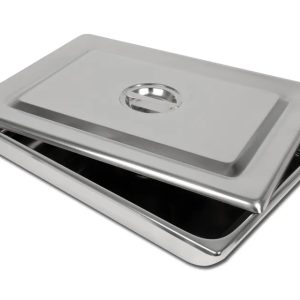
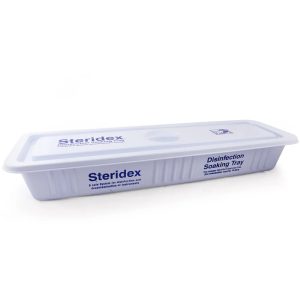

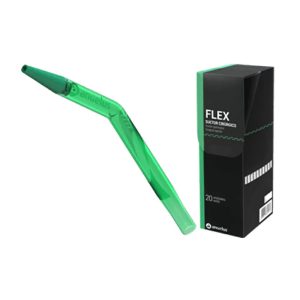
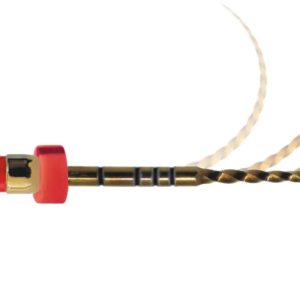

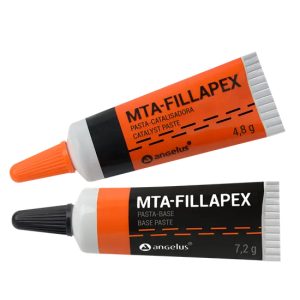
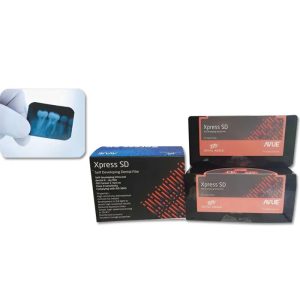
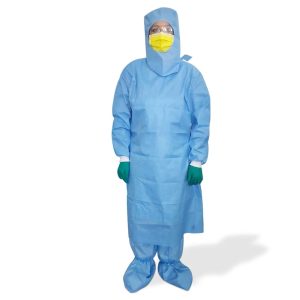
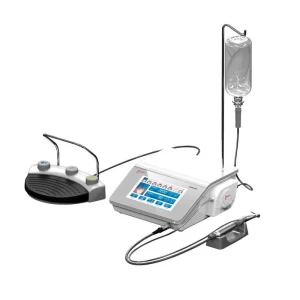
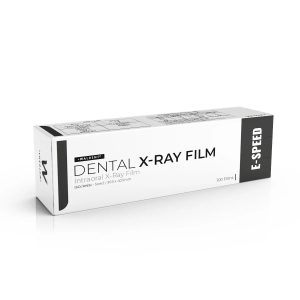
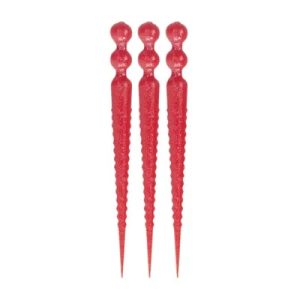
Reviews
There are no reviews yet.